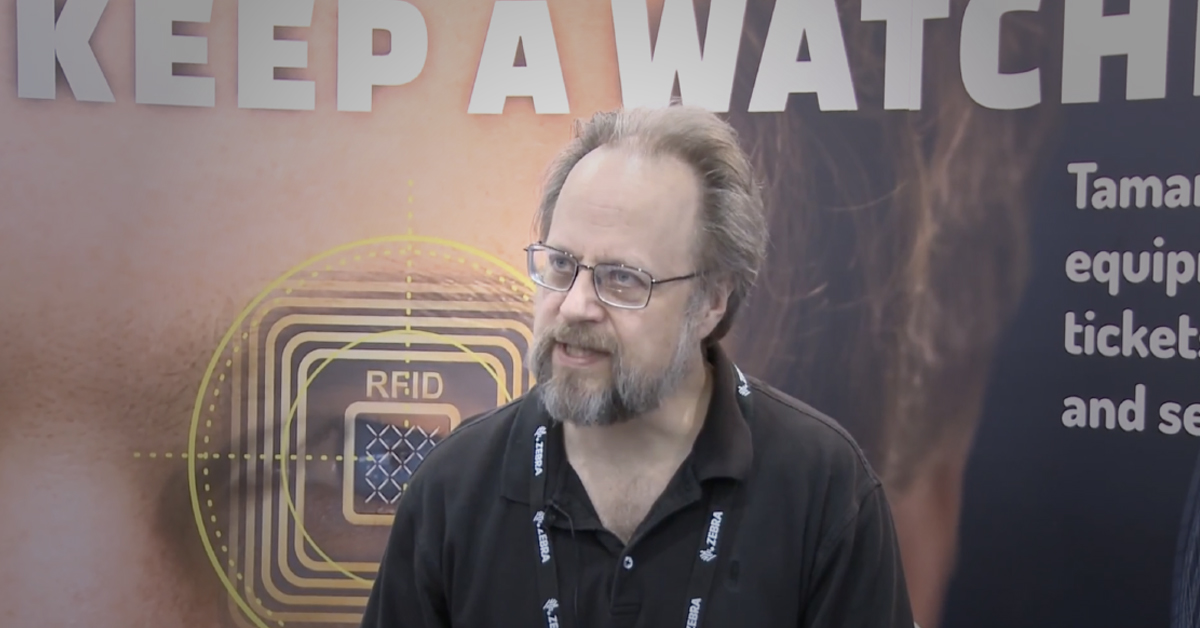
As RFID adoption grows, there is an ever greater need for RFID encoding for label and card converters. Getting these systems to work properly, however, can be an ongoing challenge for several reasons: 1) RFID tag technology keeps evolving, 2) tags are becoming more sensitive, and 3) tag vendors often seek to differentiate themselves and their proprietary technology.
With that in mind, we spoke with FEIG ELECTRONICS partner Larry Martin of GlueLogix to discuss the complexities of RFID encoding, as well as why he selected the FEIG LRU1002 for UHF encoding and supports FEIG CPR.74 module for HF RFID, NFC and Payment Card Modules.
UHF only encoding systems have been around for several years, but they have a couple drawbacks. Firstly, many UHF encoders only work with the UHF frequency, limiting system versatility. And secondly, many RFID reader providers favor their specific tag IC, promoting vendor lock-in and thereby reducing cost-efficiency.
GlueLogix has developed the Encode in Motion process, enabling any RFID converter to encode UHF and HF RFID inlays in sequence, without stopping, at 20 tags/second. Encode In Motion doesn’t depend on proprietary features of any particular reader or chip, because the system is based on FEIG readers which conform to industry standards so they are totally agnostic to tag technology. The FEIG readers work with all standards based protocols, not just the Gen2 EPC, and do not depend on special RFID reader firmware.
With Encode in Motion, QA is integrated into the inlay encoding process. It’s quick and easy to evaluate tags and labels to determine if they are good, and see how they stand up to printing and application.
Moreover, there’s been talk in the industry about licensing encoding technology and charging subscription fees on a pay-per-chip basis. GlueLogix does not intend to implement this type of subscription model because it slows the RFID adoption rate.
“The FEIG LRU1002 reader is fast, accurate and robust, withstanding potential issues in the industrial environment. More importantly, it has a serial port which means I can control it in real-time with absolute certainty of when my commands are being processed,” said Larry Martin, GlueLogix President. “Others try to do real-time systems based on a computer or Ethernet, but those things have timing problems. The FEIG LRU1002 reader offers the most deterministic timing and it’s the best way to build a real-time system.”
GlueLogix Encode in Motion is in use with the Tamarack Products P500 Flexopress. Watch video interview of Larry Martin.